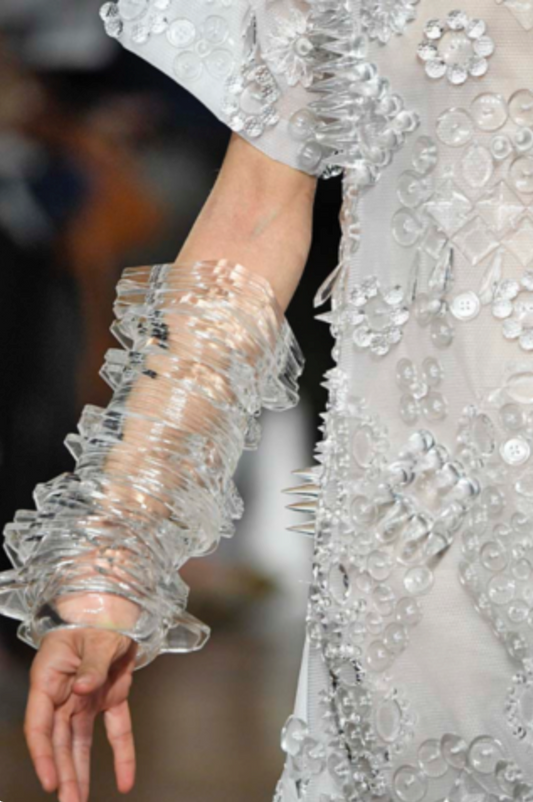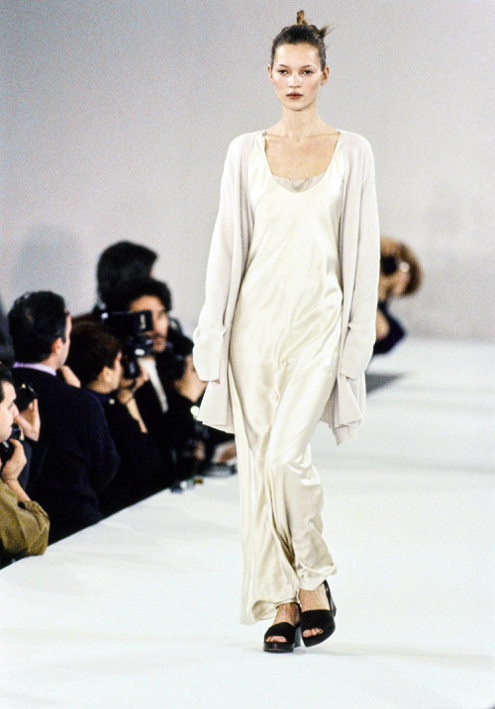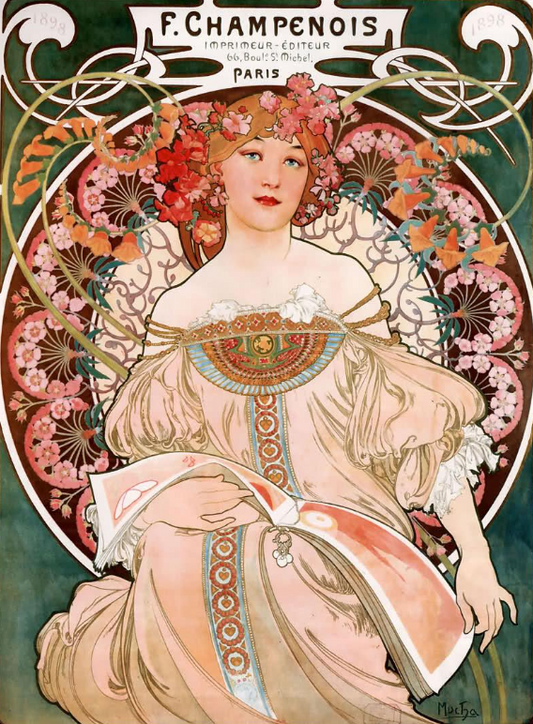talkingfashion

Paris Fashion Week SS’19 Accessories Trend Spot...
Paris Fashion Week SS’19 Accessories Trend Spotlight By Paige McKirahan Hello, fashion week aficionados! As a month of fabulous spring and summer fashion is finally coming to a close,...
Paris Fashion Week SS’19 Accessories Trend Spot...
Paris Fashion Week SS’19 Accessories Trend Spotlight By Paige McKirahan Hello, fashion week aficionados! As a month of fabulous spring and summer fashion is finally coming to a close,...

The 1990s: The Battle of Street Style and Minim...
The 1990s: The Battle of Street Style and Minimalism By Paige McKirahan Taking the crown as one of my favorite decades, the 1990s signified a transition from ‘80s garish...
The 1990s: The Battle of Street Style and Minim...
The 1990s: The Battle of Street Style and Minimalism By Paige McKirahan Taking the crown as one of my favorite decades, the 1990s signified a transition from ‘80s garish...

From Victorian to Art Nouveau: Turn of The Cent...
Throughout the 19th century and into the 20th, a tidal wave hit the art world that changed the composition of style across every creative medium. Art forms ranging from architecture,...
From Victorian to Art Nouveau: Turn of The Cent...
Throughout the 19th century and into the 20th, a tidal wave hit the art world that changed the composition of style across every creative medium. Art forms ranging from architecture,...